Efficient energy-saving ceiling lamps are crucial components in modern buildings, offering optimal illumination while minimizing energy consumption. These lighting solutions contribute to environmental sustainability and cost reduction by utilizing advanced technologies to maximize light output while drawing less power. As global focus on energy conservation intensifies, these lamps play a significant role in reducing overall energy usage and lowering carbon emissions.
Proper lighting Vidilion is essential for various daily activities, including reading, working, and leisure pursuits. Efficient energy-saving ceiling lamps provide adequate illumination to support these tasks while preventing eye strain and other discomfort associated with poor lighting conditions. By maintaining appropriate light levels, these lamps create a comfortable and productive indoor environment.
In addition to their functional benefits, energy-efficient ceiling lamps can enhance the aesthetic appeal of interior spaces. They are available in various designs and color temperatures, allowing for customization to suit different decor styles and personal preferences. This versatility enables these lamps to contribute to the overall ambiance of a room, creating welcoming and visually pleasing environments for occupants and guests.
How Efficient Energy-Saving Ceiling Lamps Work
Energy-Efficient Bulbs
These lamps often incorporate LED (light-emitting diode) or CFL (compact fluorescent lamp) bulbs, which are known for their energy efficiency and long lifespan. LED bulbs, in particular, are highly efficient and can last for tens of thousands of hours, significantly longer than traditional incandescent bulbs.
Advanced Lighting Fixtures
In addition to using energy-efficient bulbs, efficient energy-saving ceiling lamps are designed with advanced lighting fixtures that maximize the distribution of light. By utilizing reflectors, diffusers, and other optical components, these lamps can direct light where it is needed most, minimizing wasted energy and ensuring uniform illumination throughout the room.
Dimming Capabilities
Furthermore, many efficient energy-saving ceiling lamps are equipped with dimming capabilities, allowing users to adjust the brightness according to their specific needs. This feature not only enhances user comfort but also contributes to energy savings by reducing power consumption when full brightness is not required.
Benefits of Using Efficient Energy-Saving Ceiling Lamps
There are numerous benefits to using efficient energy-saving ceiling lamps in residential and commercial settings. One of the most significant advantages is the substantial reduction in energy consumption and electricity costs. Compared to traditional incandescent bulbs, efficient energy-saving lamps can consume up to 80% less energy while providing the same level of illumination.
This translates to significant long-term savings on utility bills, making these lamps a wise investment for any budget-conscious individual or organization. Furthermore, efficient energy-saving ceiling lamps contribute to environmental sustainability by reducing greenhouse gas emissions and minimizing the demand for non-renewable energy sources. By using less electricity, individuals and businesses can help mitigate the environmental impact of energy production and consumption, thereby contributing to a healthier planet for future generations.
Additionally, the long lifespan of LED and CFL bulbs means that fewer resources are consumed in manufacturing and disposing of lighting products, further reducing the ecological footprint. Another benefit of efficient energy-saving ceiling lamps is their low heat emission, which can contribute to improved indoor comfort and reduced air conditioning costs. Unlike traditional incandescent bulbs, which generate a significant amount of heat during operation, LED and CFL bulbs remain cool to the touch even after extended use.
This can be particularly advantageous in warm climates or poorly ventilated spaces where excessive heat from lighting fixtures can contribute to discomfort and increased cooling requirements.
Factors to Consider When Choosing Efficient Energy-Saving Ceiling Lamps
When selecting efficient energy-saving ceiling lamps for a specific application, there are several important factors to consider. First and foremost, it’s essential to assess the lighting requirements of the space in question. Different activities may necessitate varying levels of illumination, so it’s crucial to choose lamps with appropriate brightness and color temperature to meet these needs.
Additionally, the size and layout of the room will influence the number and placement of ceiling lamps required for optimal lighting coverage. Another critical factor to consider is the compatibility of the lamps with existing electrical systems and fixtures. Some efficient energy-saving ceiling lamps may require specific voltage or wiring configurations, so it’s essential to ensure that they can be seamlessly integrated into the existing infrastructure without the need for extensive modifications.
Furthermore, individuals should consider the aesthetic appeal of the lamps and how they will complement the overall interior design of the space. In addition to technical considerations, it’s important to evaluate the quality and reliability of the lamps being considered. Investing in high-quality products from reputable manufacturers can ensure long-term performance and durability, reducing the likelihood of premature failures or maintenance issues.
Finally, individuals should take into account the cost of the lamps and weigh it against potential energy savings and long-term benefits to make an informed purchasing decision.
Installation and Maintenance of Efficient Energy-Saving Ceiling Lamps
The installation of efficient energy-saving ceiling lamps should be carried out by qualified professionals to ensure proper functionality and safety. Depending on the complexity of the installation and the specific requirements of the lamps, it may be necessary to enlist the services of licensed electricians or lighting specialists who have experience working with energy-efficient lighting systems. Proper installation not only ensures optimal performance but also minimizes the risk of electrical hazards or code violations.
Once installed, efficient energy-saving ceiling lamps require minimal maintenance compared to traditional lighting options. LED and CFL bulbs have significantly longer lifespans than incandescent bulbs and typically do not need to be replaced as frequently. However, periodic cleaning of lamp fixtures and diffusers may be necessary to maintain optimal light output and prevent dust buildup that can diminish illumination quality.
In addition to routine cleaning, individuals should be mindful of any signs of malfunction or degradation in lamp performance and promptly address any issues that arise. This may involve troubleshooting electrical connections, replacing faulty components, or seeking professional assistance if more complex problems occur. By staying proactive about maintenance and addressing issues promptly, individuals can maximize the longevity and efficiency of their efficient energy-saving ceiling lamps.
Comparing Efficient Energy-Saving Ceiling Lamps to Traditional Lighting Options
Energy Efficiency and Sustainability
One of the most significant advantages of efficient energy-saving ceiling lamps is their superior energy efficiency. They produce the same amount of light as traditional bulbs while consuming significantly less electricity, resulting in lower utility bills and a reduced environmental impact. This makes them a more sustainable choice for both residential and commercial applications.
Longer Lifespan and Reduced Maintenance
Efficient energy-saving ceiling lamps also have a longer lifespan than traditional bulbs, reducing the frequency of replacements and associated maintenance costs. LED bulbs, in particular, can last tens of thousands of hours before needing replacement, compared to just a few thousand hours for incandescent bulbs. This longevity not only saves money in the long run but also reduces waste from discarded bulbs, contributing to a more sustainable approach to lighting.
Superior Performance and Customization
In terms of performance, efficient energy-saving ceiling lamps often outshine traditional options by offering superior light quality and color rendering. LED and CFL bulbs are capable of producing bright, uniform illumination with minimal glare or flicker, creating a more comfortable and visually appealing environment for occupants. Additionally, these lamps are available in a wide range of color temperatures and designs, allowing users to customize their lighting experience according to their preferences.
Tips for Maximizing the Efficiency of Energy-Saving Ceiling Lamps
To maximize the efficiency and longevity of efficient energy-saving ceiling lamps, there are several tips that individuals can follow. First and foremost, it’s essential to use lamps with appropriate brightness levels for specific tasks or activities. Overly bright lighting can waste energy and cause discomfort, while insufficient lighting may lead to eye strain and reduced productivity.
By matching the brightness of the lamps to the specific needs of each space, users can optimize energy usage while ensuring optimal illumination. Another tip for maximizing efficiency is to take advantage of dimming capabilities if available. Adjusting the brightness of efficient energy-saving ceiling lamps according to ambient light levels or specific tasks can help conserve energy without sacrificing comfort or functionality.
Additionally, individuals should make a habit of turning off lights when they are not in use to further reduce unnecessary energy consumption. Regular cleaning and maintenance are also crucial for maximizing efficiency. Dust accumulation on lamp fixtures and diffusers can diminish light output over time, so periodic cleaning is essential for maintaining optimal illumination quality.
Furthermore, individuals should promptly address any signs of malfunction or degradation in lamp performance to prevent more significant issues from arising. Finally, individuals should consider investing in advanced lighting control systems that allow for automated scheduling, occupancy sensing, and daylight harvesting. These systems can further optimize energy usage by adjusting lighting levels based on occupancy patterns and natural light availability, ensuring that efficient energy-saving ceiling lamps operate at peak efficiency at all times.
In conclusion, efficient energy-saving ceiling lamps are an indispensable component of modern lighting solutions due to their significant energy savings, environmental benefits, and superior performance compared to traditional lighting options. By choosing high-quality lamps that meet specific lighting requirements and following best practices for installation and maintenance, individuals can maximize the efficiency and longevity of these lighting solutions while contributing to a more sustainable future for all.


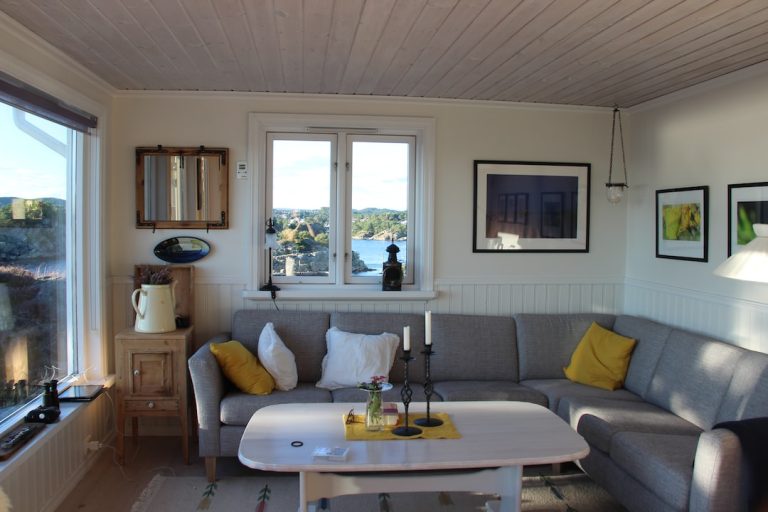
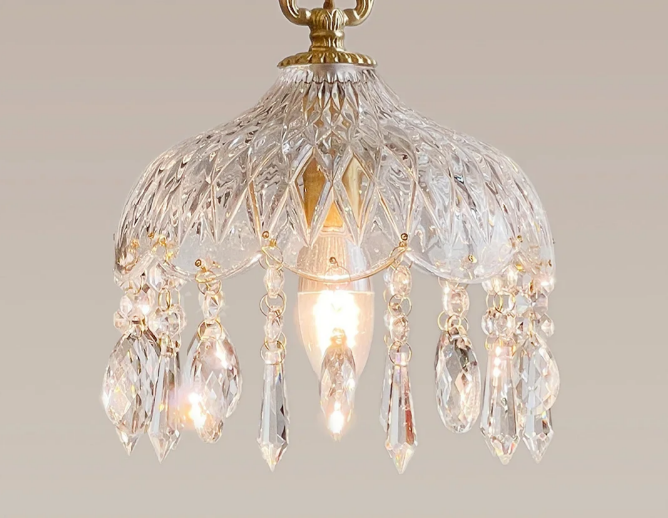
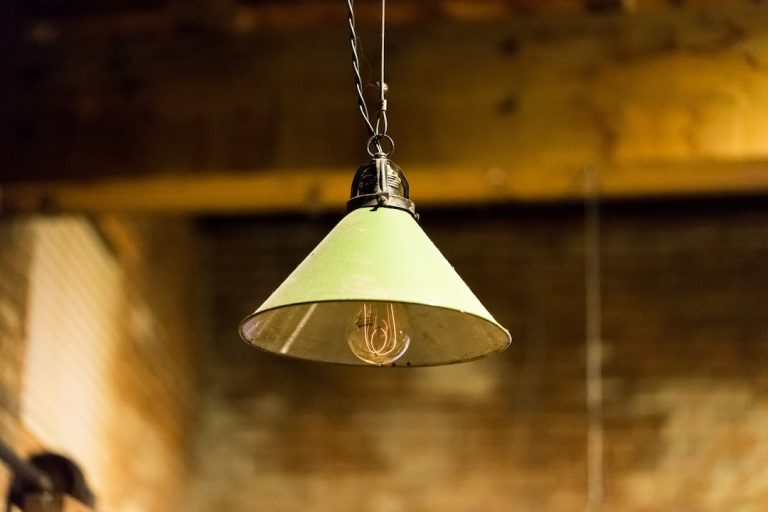
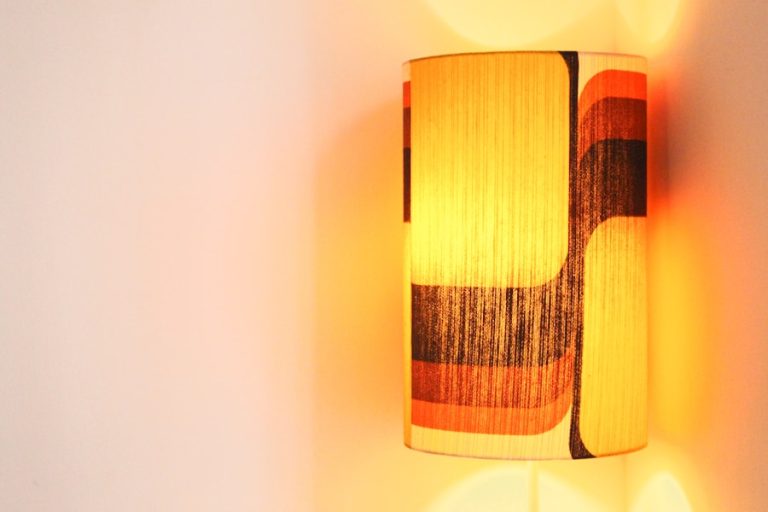


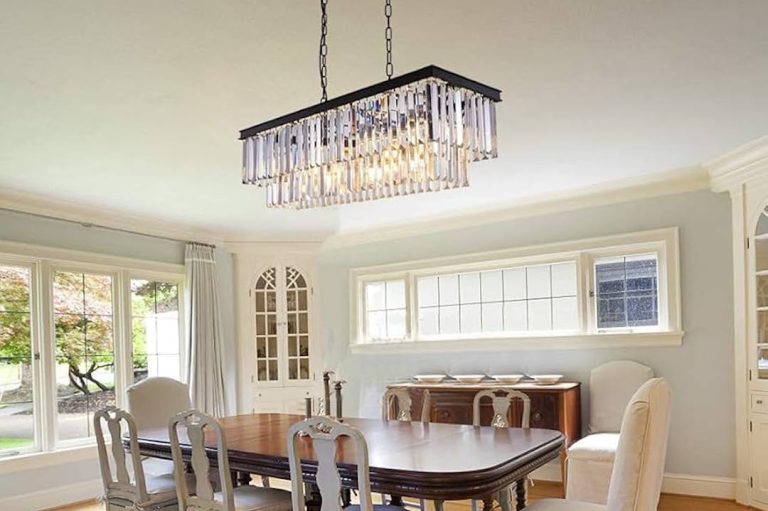
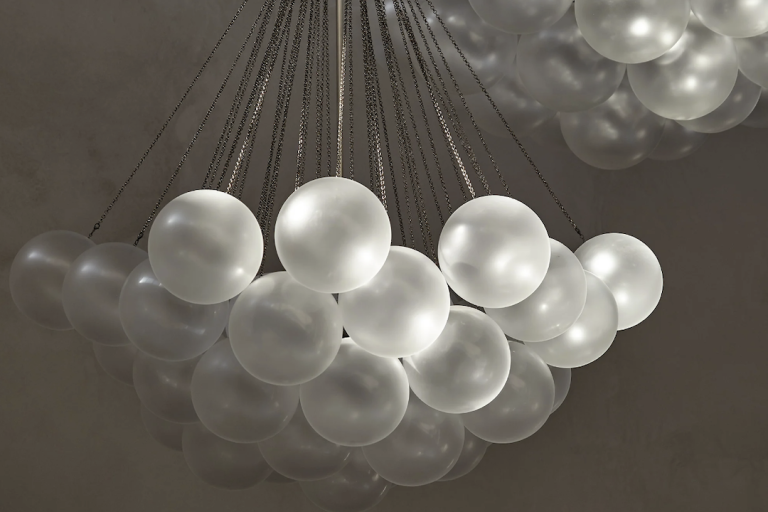
+ There are no comments
Add yours